Beanie Boos can be found all over the world, and originated in the UK. Anyone who has seen beanie boos in store know they are not always in the best condition. Oftentimes these poor stuffed friends land on the floor, get thrown, have snot wiped on them or other gross things. Doesn’t that sound just lovely? Yeah, not really. This post is about how to clean various types of beanie babies, fix their eyes, and fix rips and tears, as well as deodorize them.
What you will need for a Full Recovery
- Woolite
- A bucket or dishwashing bin
- Windex
- Q tips
- Needle and Thread
- Gain
- Water
- Spray Bottle
- Small Tupperware container
Setting up to Wash your Beanie Babies
I highly recommend doing this outside, as this can get messy and nobody wants water on the floor. Take the dishwashing bucket outside, add a very small amount of woolite—which is a detergent for delicate fabrics—and fill the bucket almost all the way with water. Make sure any Beanie Boos you intend to wash already have their hang tags taken off.
How to Wash Beanie Boos
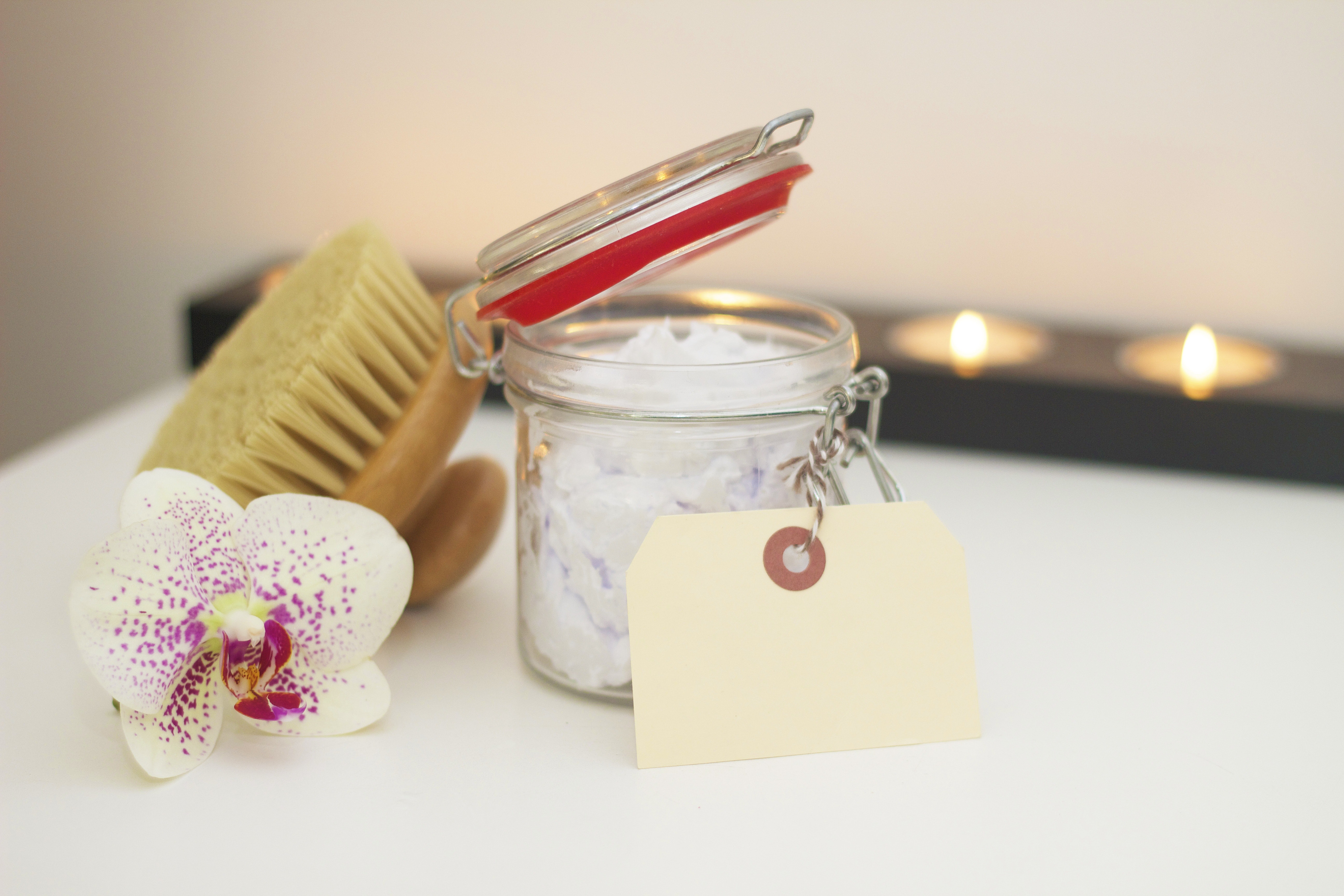
Next, grab about five or six regular sized beanie boos and dump them into the water. Splash them around a bit and let them soak for about 15 minutes. Once they have soaked, dump the water out of the bucket and refill it with clean fresh water. Rinse the beanie boos and shake as much water as you can out of them. Set them inside on a towel in front of a fan or by an air vent for a day or so to allow them to properly dry.
Cleaning Regular Beanie Babies
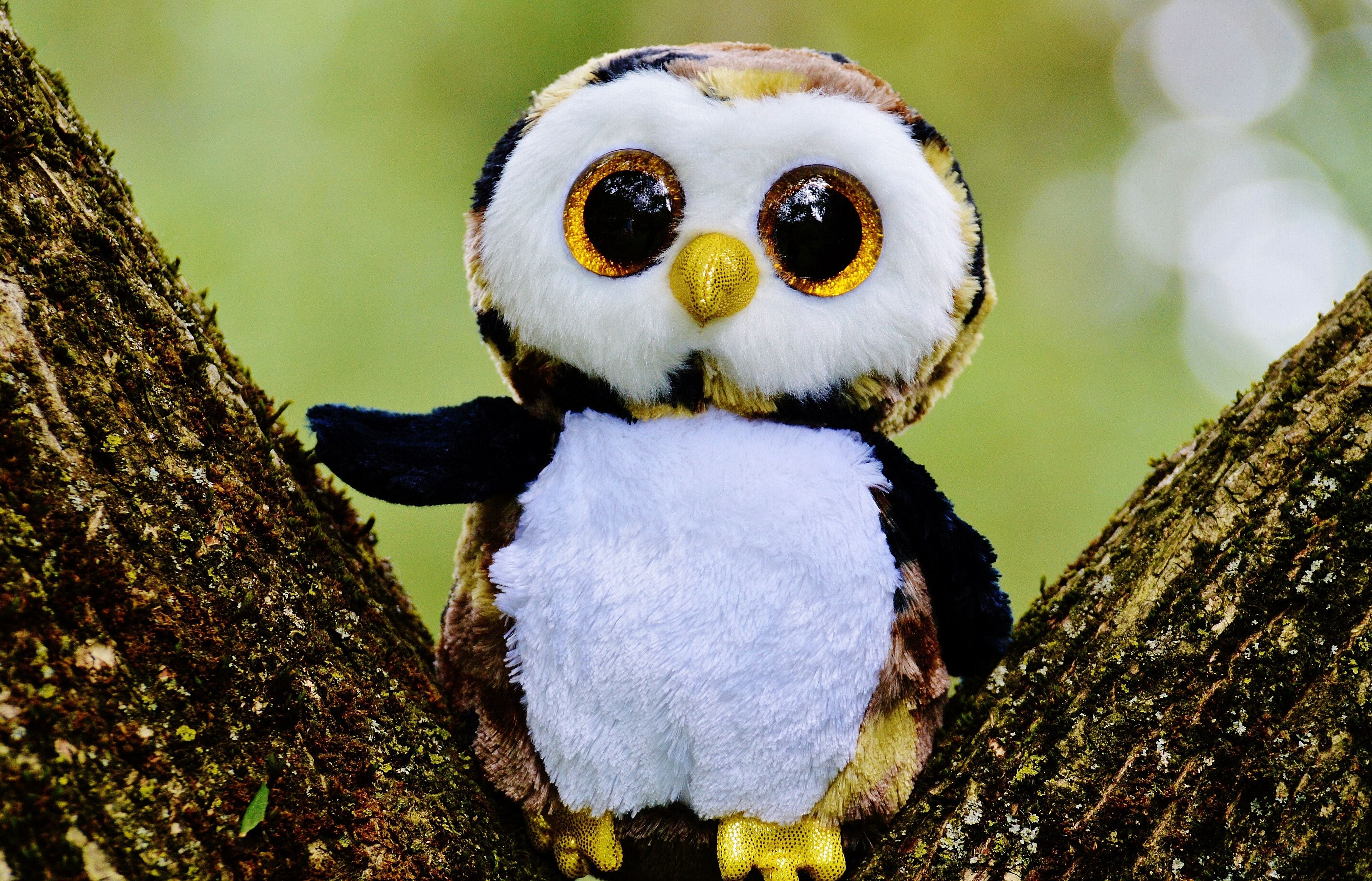
Regular beanie bears without hang tags can be washed much the same way, and will take less time to dry. Allow them to soak for more like 20 minutes in a bucket full of warm water with a splash of gain to make them smell good and pull out any stains. Optionally, once the beanie bears are clean, you can blow dry them on cool to get them dry faster.
How to Wash Delicate Stuffed Animals or Beanie Boos with Glitter

Glitter on beanie boos can wear off if your beanies babies are washed using the bucket method, and beanie babies like Howl the Wolf have delicate fur and cannot be fully submersed in water. Therefore, the logical option is to wash the beanie baby by hand with a mixture of water and a little bit of gain for scent. Mist the plush and use a rag or some sort of comb to work the water into the fur. If your plush has fur like Howl the wolf that can only be rubbed one direction, fluff the fur up and mist it, then comb it in. Let dry for about an hour.
How to Quickly Wash a Lot of Beanie Babies
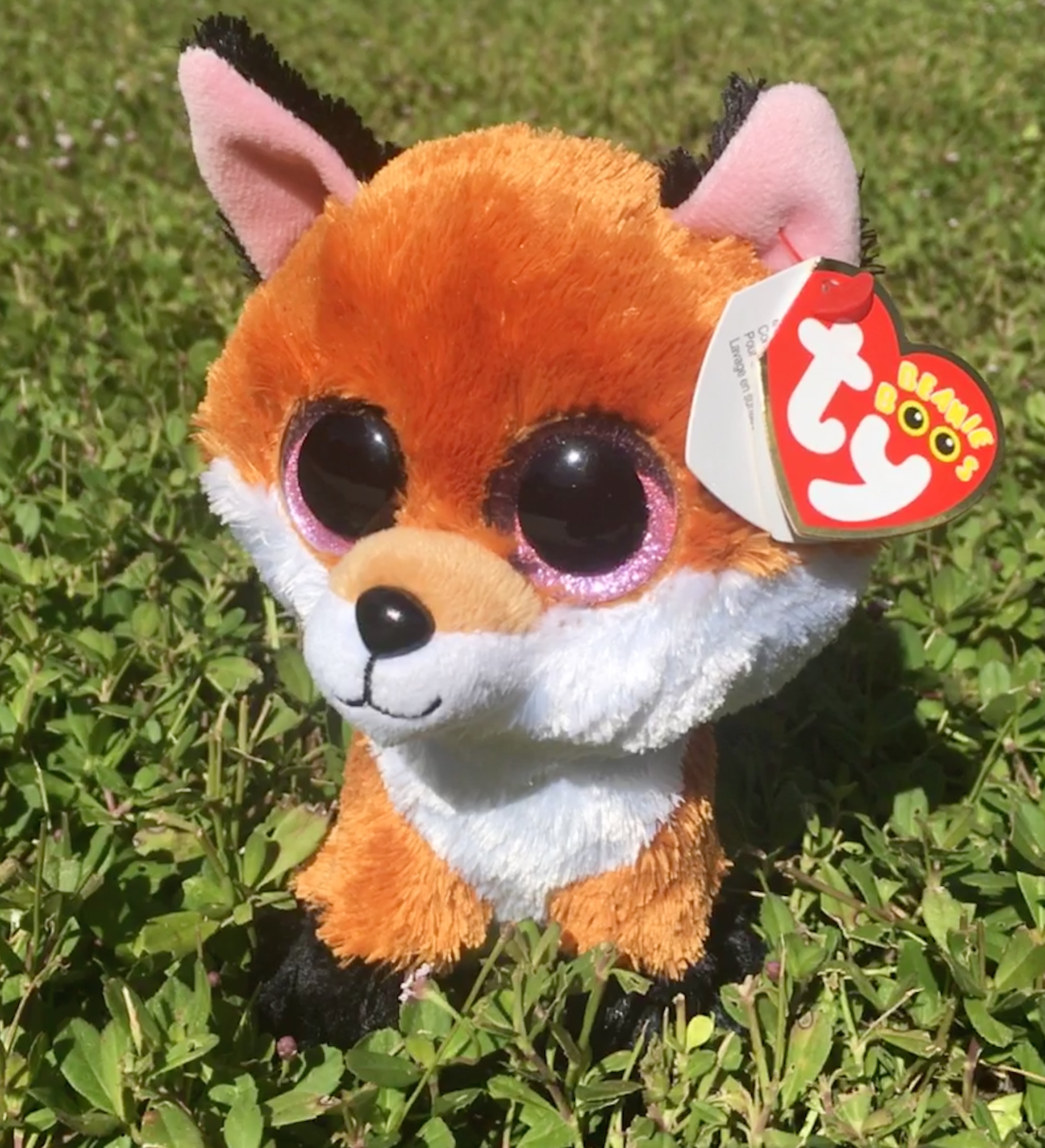
If you are a risk taker and have a washing machine that likes to eat delicate clothing, then use a bra bag to protect your beanie babies and chuck them into the washing machine. Do not put them in the dryer, however, as this could result in sad looking beanie boos.
Clean Clip Beanie Boos
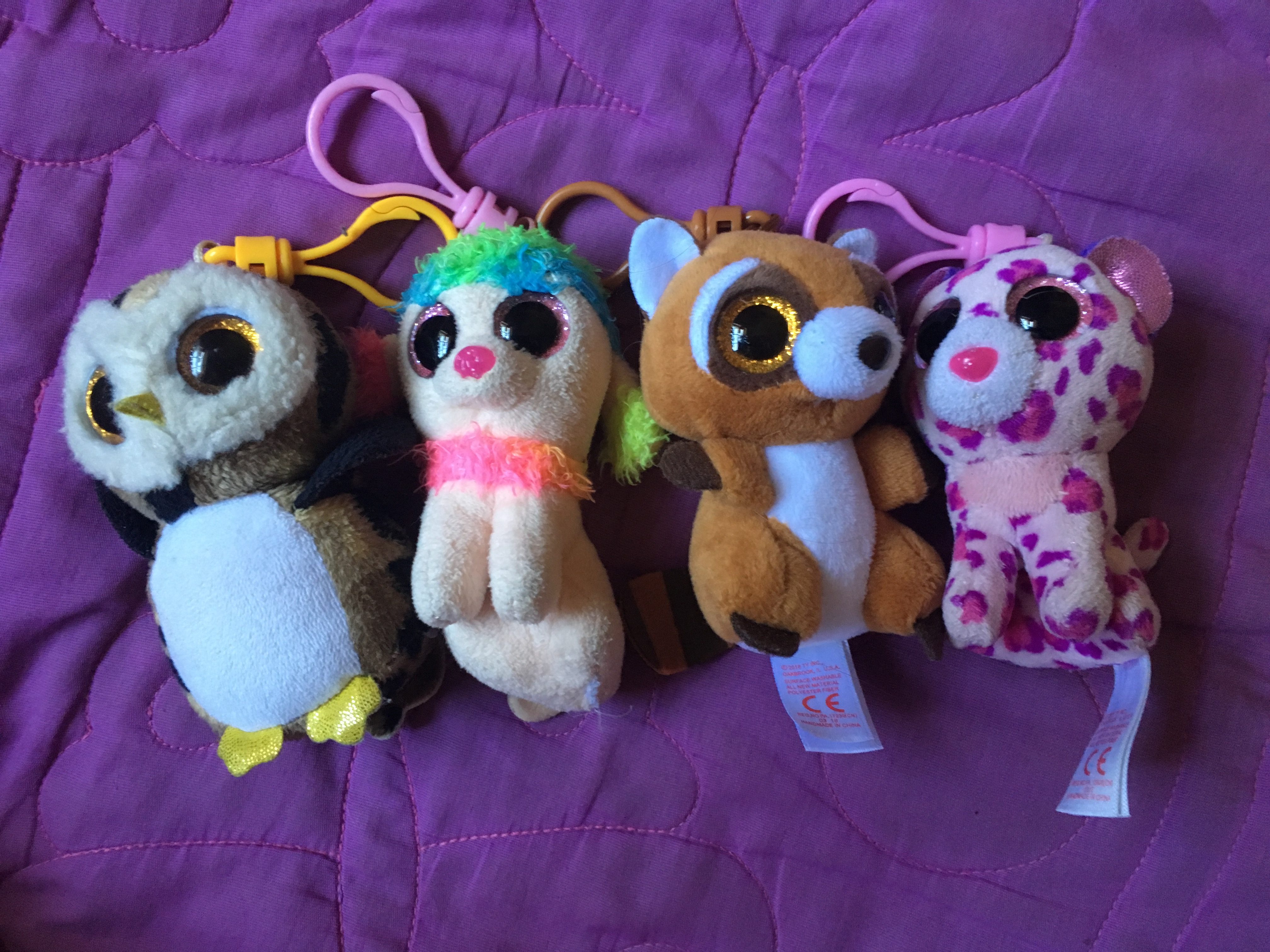
Clip Beanie boos often get gross from hanging on backpacks and keyrings. But these little gross plushies can be washed easily, and it’s kinda fun. Put a drop of two of gain in a Tupperware with water. Drop the plushie into the water and shake the heck out of it. Allow to sit for about 10 minutes, shake again, drain, and then let the clip beanie dry hanging up or on a towel.
How to Clean Beanie Boo Eyes Safely
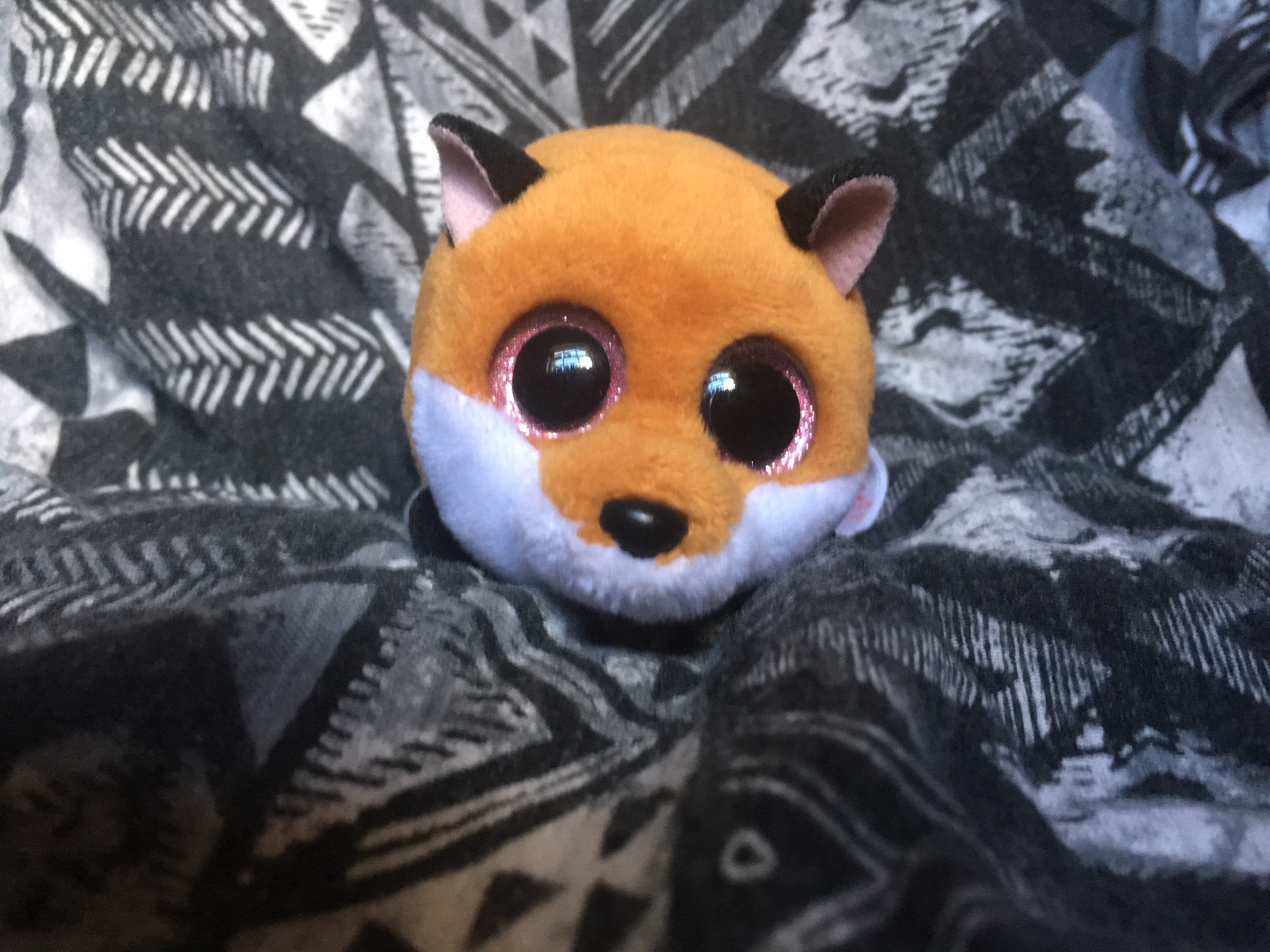
Using Windex or Vinegar are both good ways to clean beanie boo eyes with ease. Get some of either substance on a q tip and rub the eye until it sparkles.
How to Remove Scratches on Beanie Boo Eyes
There is a rumor that using a non gel toothpaste can get scratches off the eyes of all beanie boos. You can read about that or watch a video. I would recommend you try this on old beanie babies you don’t care about first.
How to Remove Stains to Clean Beanie Boos
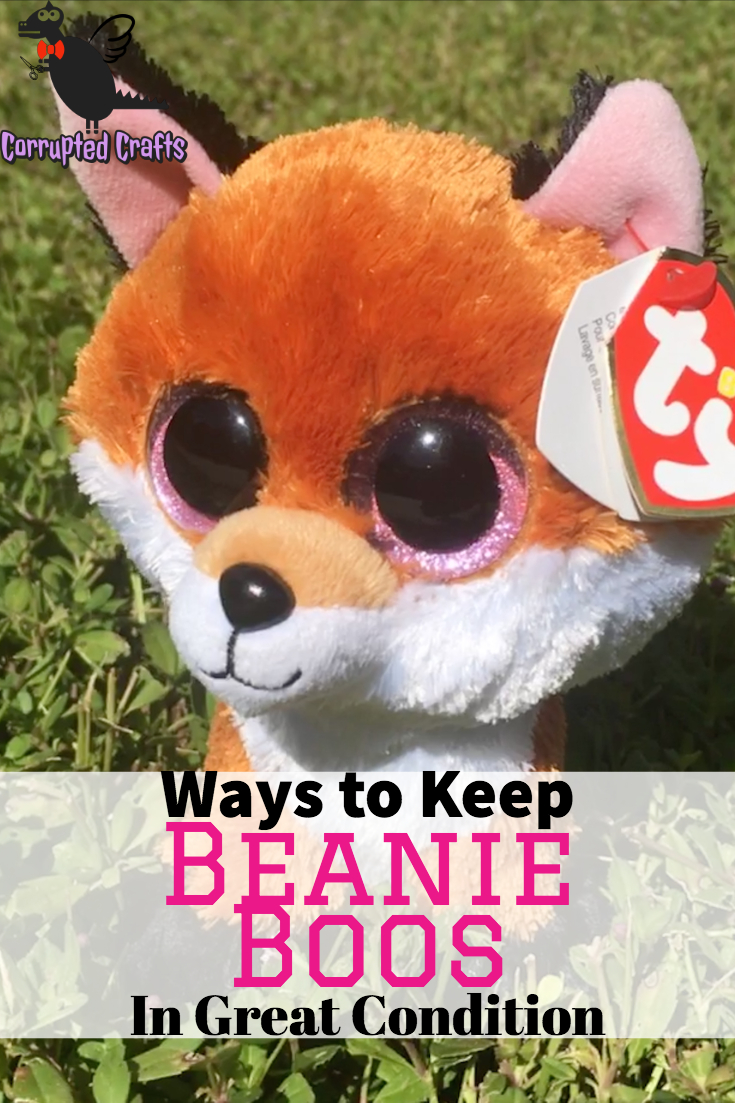
Stains can be removed from all beanie boos by using some tide stain boost on the infected area and working it in with a toothbrush gently. Wash in cold water.
How to Sew and Repair All Beanie Boos
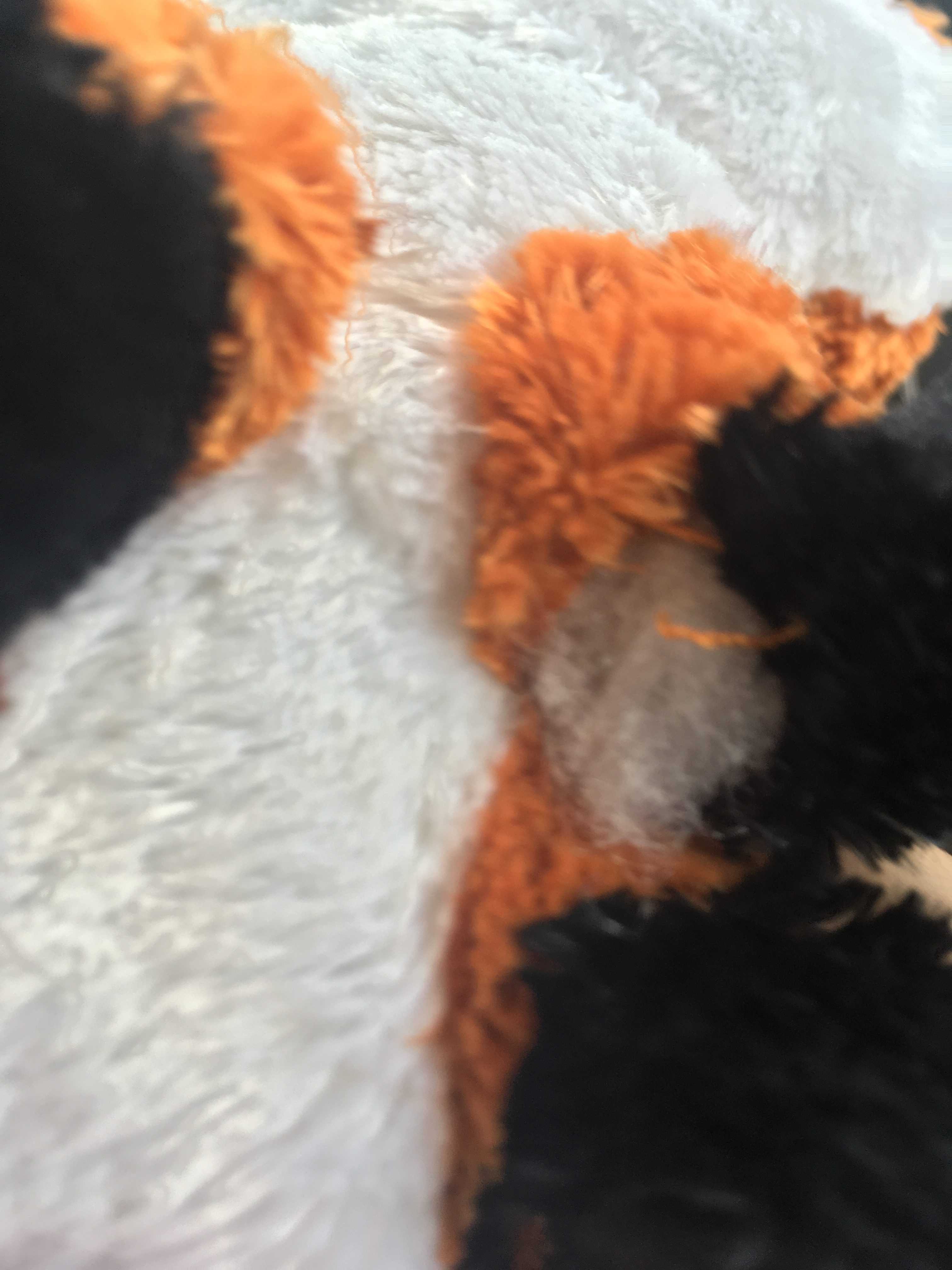
All beanie boos are of course at risk of getting damaged, especially when played with roughly in stores. Recently I got a Slick the Fox with a rip under her arm. If your beanie boo ever gets ripped, use a thread that best matches the fur, sew under the fur on the edge of the fabric, use small stitches, and pull tightly. Often I use a whipstitch for minor repairs. For a less visible patching, use a ladder stitch. I hope this post helped, if anyone tries the toothpaste hack please let me know if it worked well for you and what toothpaste you used. Happy crafting!

